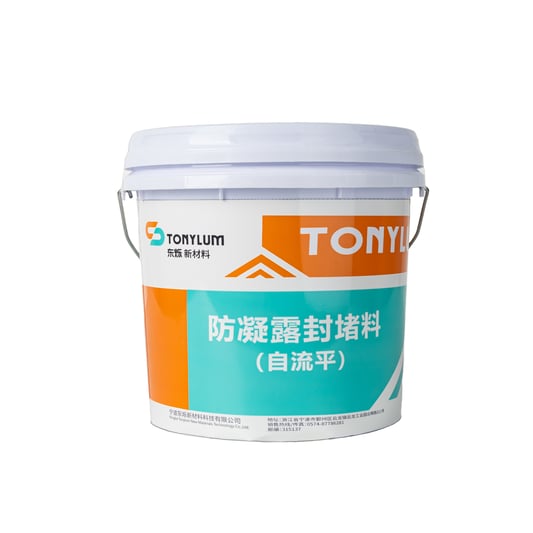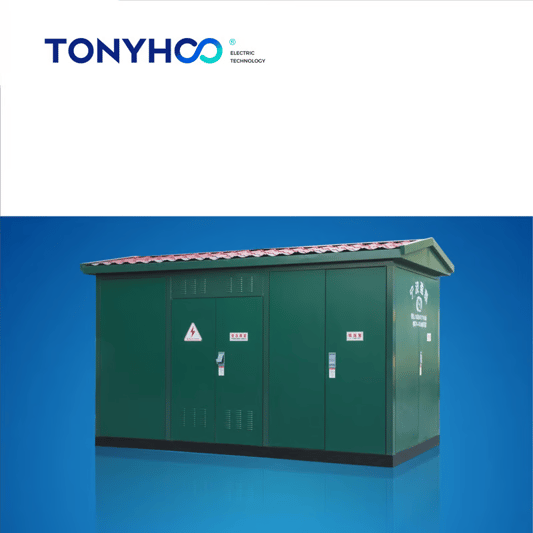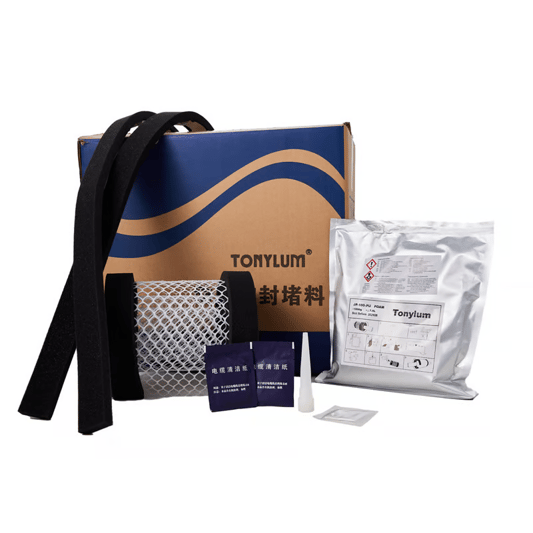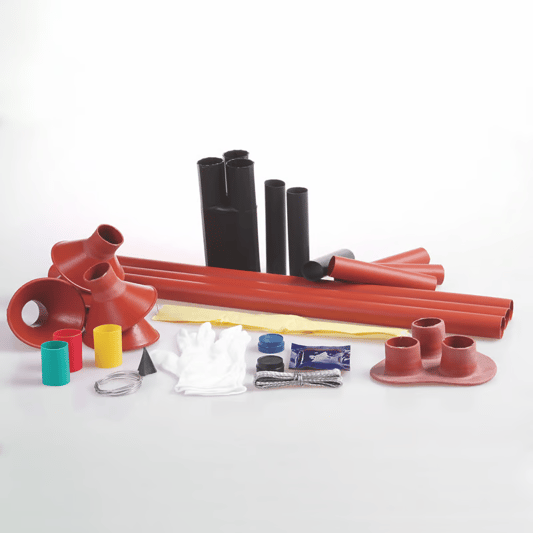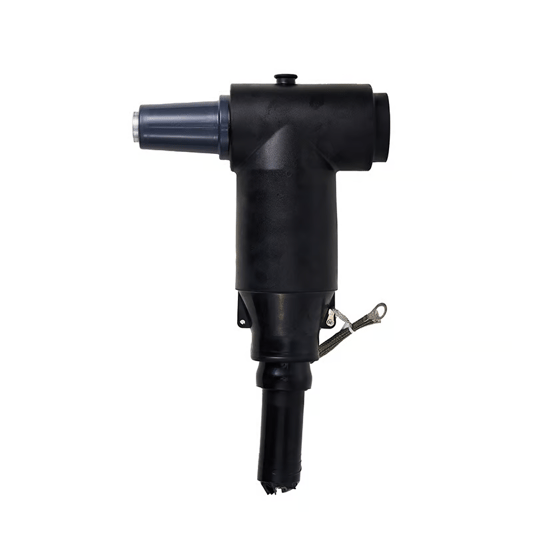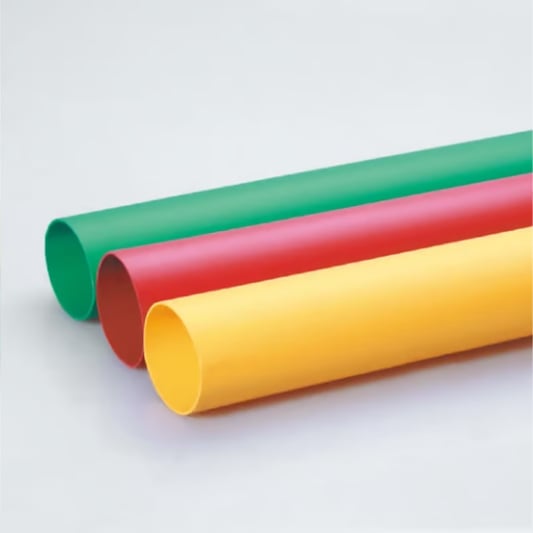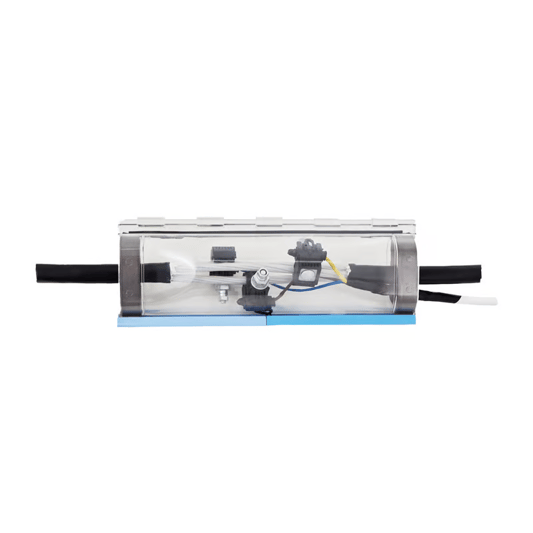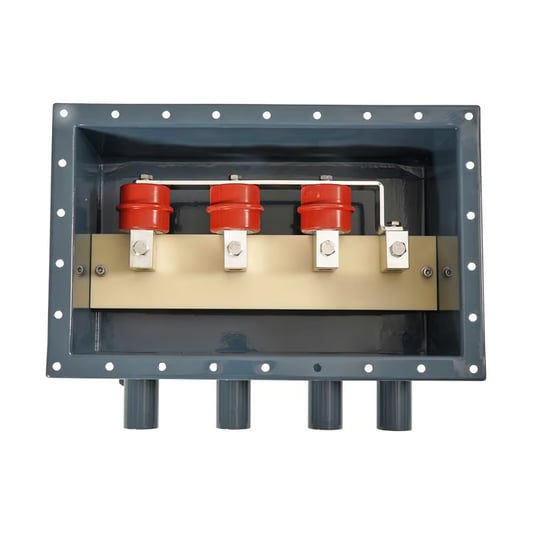The Importance of Using Anti condensation sealing material - self levelingAnti condensation sealing material - self leveling is an essential product for preventing condensation build-up in various applications. How Anti Condensation Sealing Material WorksThis innovative material works by creating a moisture barrier that prevents condensation from forming on surfaces. Benefits of Using Self Leveling Anti Condensation SealantIn addition to preventing condensation, self leveling sealant also offers exceptional durability and ease of application. Applications of Anti Condensation Sealing Material - Self LevelingThis versatile product can be used in a wide range of settings, including industrial buildings, residential homes, and commercial spaces. Factors to Consider When Choosing Anti Condensation SealantWhen selecting a self leveling sealant, it's important to consider factors such as the application method, environmental conditions, and desired level of protection. Cost-Effectiveness of Anti Condensation Sealing Material - Self LevelingWhile the initial cost of self leveling sealant may be slightly higher, the long-term savings in maintenance and repair make it a cost-effective investment. Comparison with Other Sealing MaterialsCompared to traditional sealing materials, anti condensation sealant offers superior performance and longer-lasting results. How to Properly Apply Anti Condensation Sealing MaterialTo ensure optimal results, it's important to follow manufacturer guidelines and properly prepare the surface before applying the sealant. Common Mistakes to Avoid When Using Self Leveling SealantAvoid common mistakes such as applying the sealant in extreme temperatures or failing to properly clean and prime the surface. The Future of Anti Condensation Sealing Material - Self LevelingAs technology continues to advance, we can expect to see even more innovative solutions for preventing condensation and enhancing building efficiency. Quote InquiryContact us!


